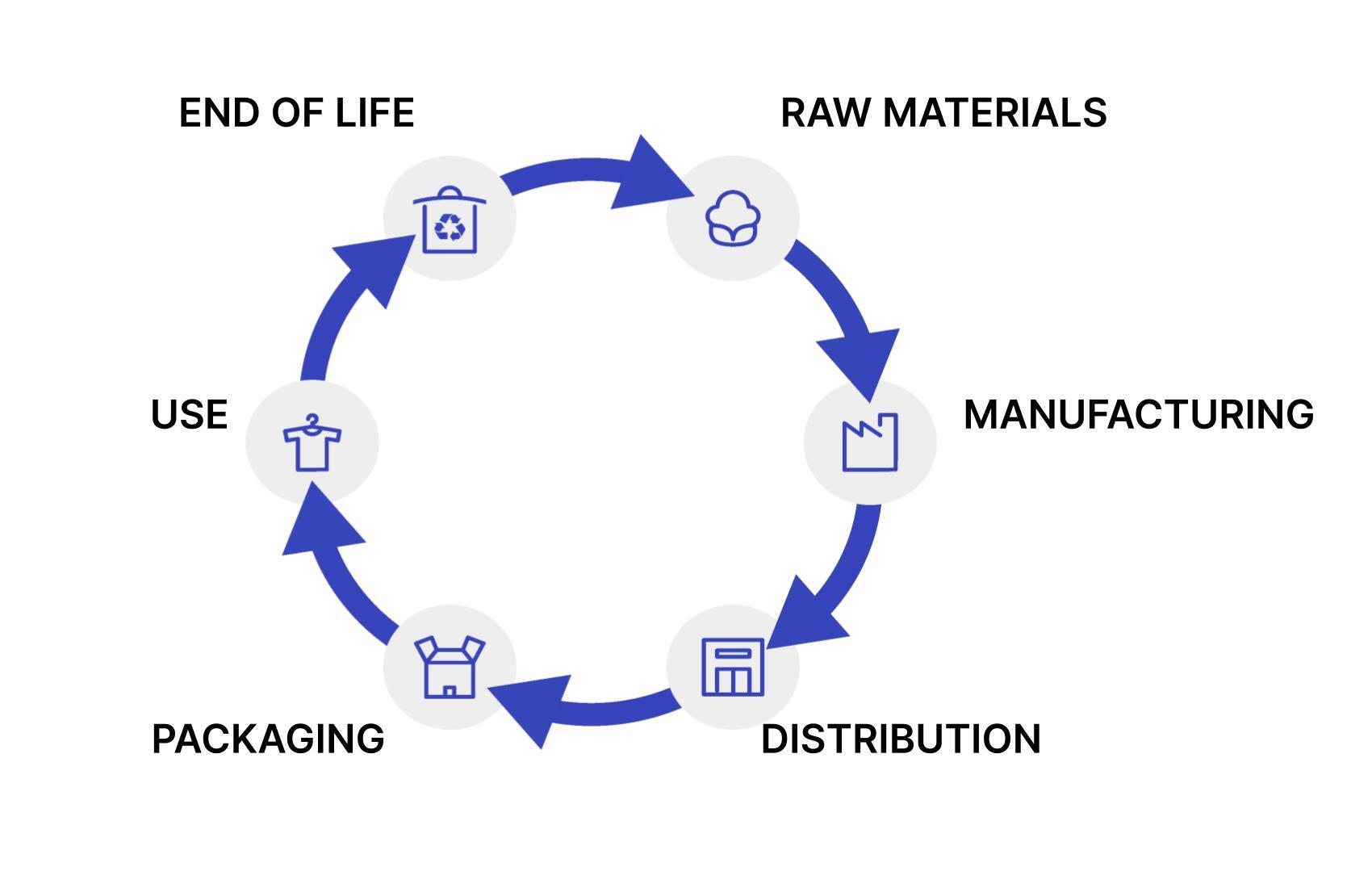Rethinking our design, reducing our environmental footprint
In 2023, raw material extraction and product manufacturing made up 74% of our carbon footprint, highlighting the crucial need to target these areas first. By designing and producing our own products, we can actively reduce our environmental impact through strategic choices in materials and processes.
Our ecodesign approach is a top priority. A key part of our commitment to achieve the Net-Zero goal by 2050, aiming for a 90% reduction in our greenhouse gas emissions.

Ecodesign approach powers our design strategy
Our goal is to reduce the environmental impact of products throughout their lifecycle while creating effective solutions.
By integrating environmental considerations into our product development, our ecodesign approach drives us to constantly innovate and improve.
In 2023, 38.8% of our sales came from products benefiting from this ecodesign approach.
Analysing a products life cycle
Understanding the environmental impact of our products is a crucial first step.
We take an in-depth look into the lifecycle of our products, from conception to disposal, to identify where we can make the most significant strides in emissions reduction.

Developing ecodesign solutions

Raw materials
From recycled options like synthetics or metals, to organic solutions we prioritise materials with significantly lower footprints, aligning with our commitment to sustainability.

Manufacturing process
From dyeing methods to coating techniques and material substitutions, we prioritise processes that significantly reduce environmental impact, in line with our commitment to sustainability.

Long lasting products
By following a rigorous scientific approach to measure the product's theoretical lifespan and identify potential weak points, we empower consumers to keep their products longer, reducing the need for frequent replacements and fostering a more sustainable future.

Repairability
From comprehensive documentation to ease of disassembly and the availability of spare parts, we prioritise features that enhance repairability, ensuring that our products can be repaired in over 80% of identified breakages and failures.
